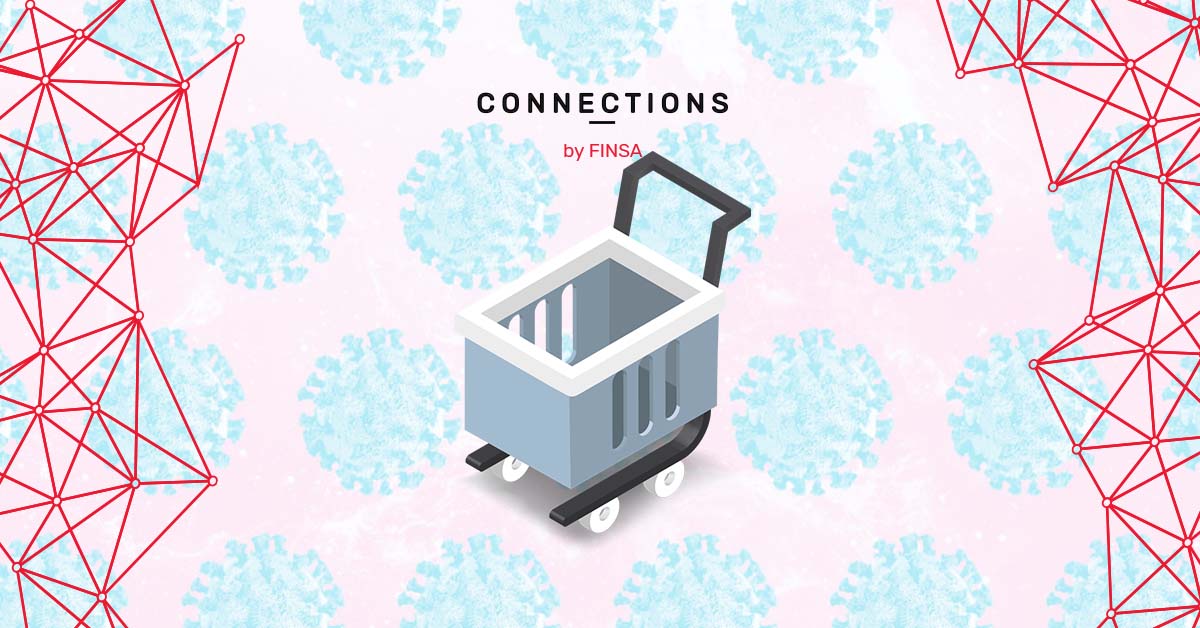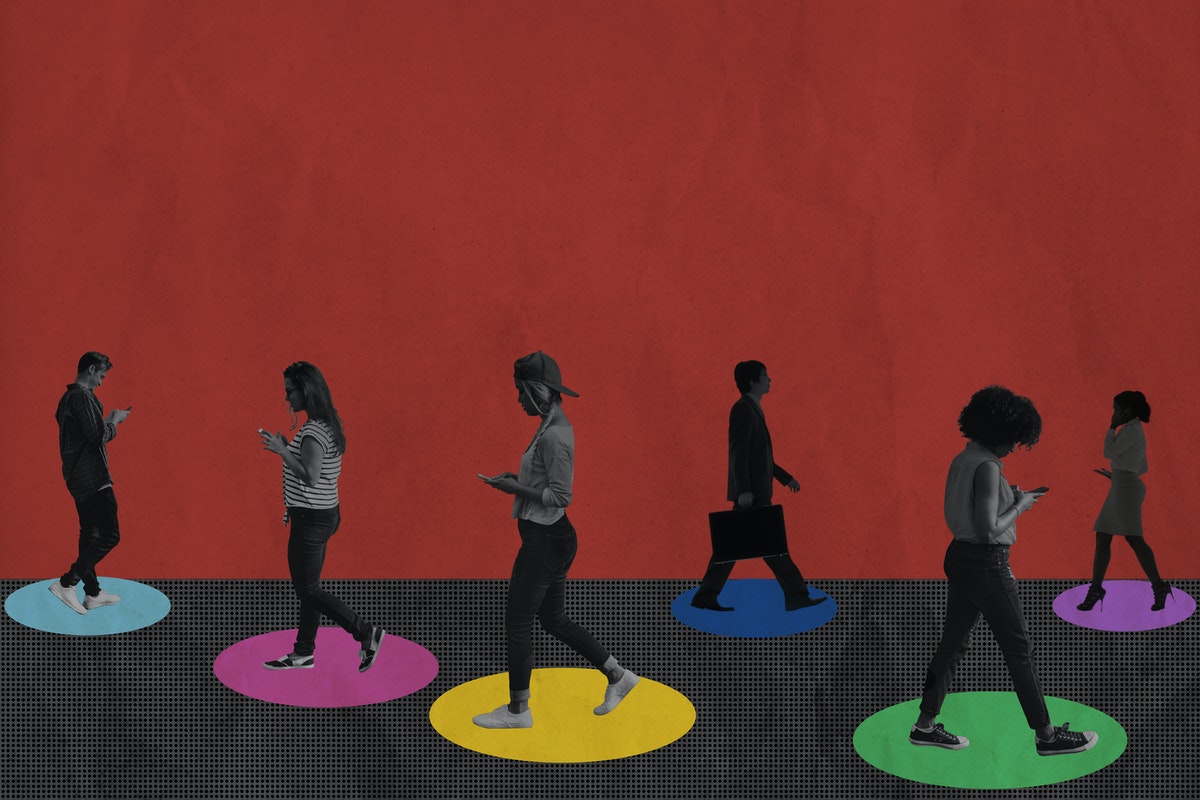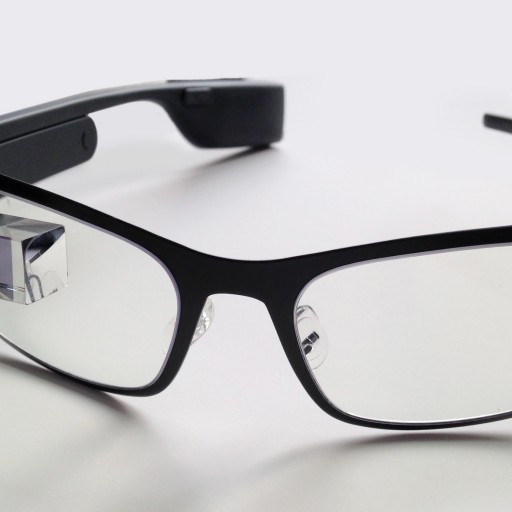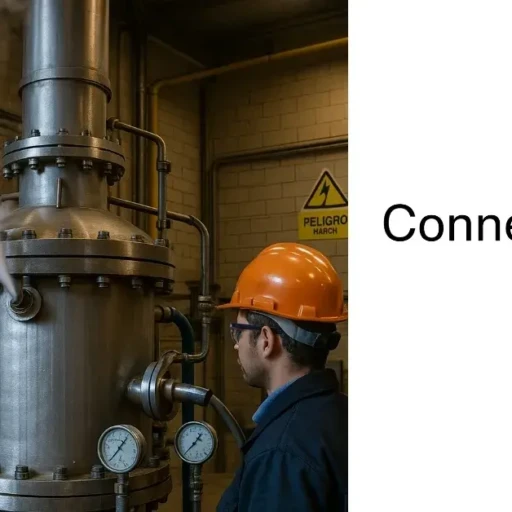During the coronavirus pandemic, countries all over the world have put lockdown measures in place with varying degrees of restriction. This fact has undoubtedly changed the way we use products and services. Given the restructuring of values, opinions, and the economic impact, things will never be the same.
After analysing how physical spaces, events, and trade fairs will change, as well as suggesting some interior design tricks for making lockdown at home easier, we have reflected on five big consumer trends that the health crisis has brought about.

Ecommerce: social distancing as an ally
Digital commerce has been seen as a great tool for purchasing goods and services during this time. This is confirmed by the fact that, according to a study by Semrush, the buying of homewares has increased by 7%.
Health and safety trends have been reinforced due to the pandemic, and they will be qualities that we will continue to look for in the things we buy or rent. This has been confirmed by consulting firm McKinsey.
So why is this a growing trend? It’s all thanks to something that has remained firmly planted in the mind of every consumer: maintain social distancing, a rule that will determine a lot of the decisions made by 52% of consumers in the next few years.
Valuing our immediate environment
This isn’t just about commercial spaces, but rather things that were always around us that were previously drowned out by the noise of daily life, like our neighbourhood and the birds chirping. We are once again placing value on our immediate environment.
This interest in our local surroundings has been confirmed by Google in their Google Trends index, with searches such as “what’s nearby” or “businesses open nearby”. We are thinking, and will continue think, more local than ever.
This is also having an influence on our enjoyment of activities like gardening and cooking, or the interest in cleaning out closets and attics during lockdown. These are all hobbies and habits that have reappeared and are here to stay.
Getting back to basics
The pandemic has forced us to reconnect with our inner selves and the most fundamental elements of our being. We have thought about what our basic needs, products, and services are, and we have even reconsidered our values. Where perhaps a year ago we might have said that we couldn’t live without luxury holidays to foreign countries, this opinion has almost certainly changed now. Our desires and attitudes are returning to a primordial state.
As a consequence, wellbeing has become the best example of this trend, from reclaiming a space for our mental health to going back to beauty routines in order to look presentable after the effects of lockdown on our bodies.
Catching emotions
Another trend we are seeing is the ability we have to influence each other emotionally. This was evident in the apocalypse-like buying frenzies in which everybody equipped themselves with products in the face of potential shortages, or the fear provoked by fake news regarding various health conspiracy theories.
Why do our emotions override the facts? This study backs up the idea of our senses prevailing over all our other values. In fact, we have already talked about the boom in olfactory marketing and the importance of acoustics in office designs. We are returning to our primary senses.
Asynchronous society
At a time when we can have whatever we want, whenever we want (packages sent in less than 24h or even on the same day, never-ending and instantaneous access to our jobs etc.), the fact that we have turned into an asynchronous society might seem like a bit of a paradox.
On one hand, we have reclaimed stability and a sense of routine, but on the other hand the coronavirus has us working remotely at strange hours and looking at news all day long. The technological advances that have made things more convenient have also made us pay a high price in terms of changes to our daily habits.

These five trends depict us as consumers who are more technological and digital than ever, and who are concerned about safety, health, and social distancing. They also paint the picture of people who are trying to get back in touch with their immediate environment, and who want to enjoy the conveniences of modern life without experiencing its negative consequences on their wellbeing. How do we design interiors and spaces for this type of society? ConnectionsByFinsa will continue analysing this situation for you.




